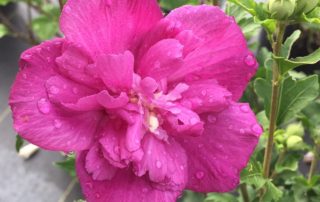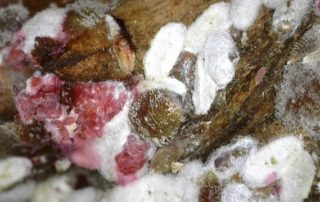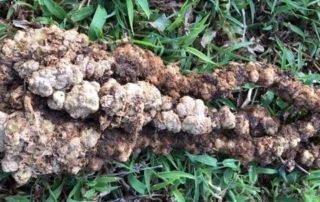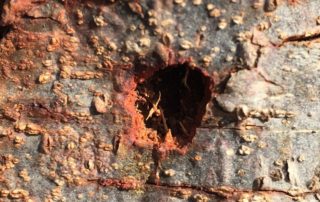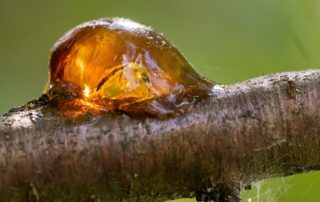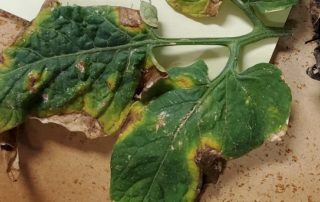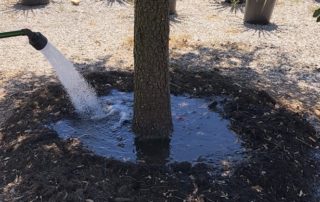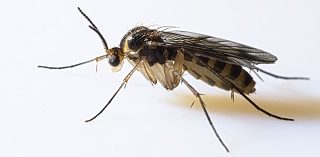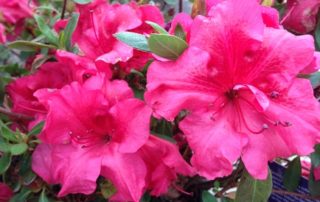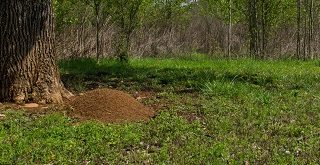Rose of Sharon
Rose of Sharon (aka Althea) Hibiscus syriacus Native to China and India, Rose of Sharon was introduced to the gardens of Europe in the 16th century. The specific epithet “syriacus”, refers to it having been collected from gardens in Syria. It is propagated by seed and cuttings, and many new cultivars have shown up in recent years. Many of these cultivars produce little to no seed. Rose of Sharon is a deciduous, multi-trunk woody shrub to small tree that is cold hardy to Zone 5b (-15°F). It tolerates heat, poor [...]

